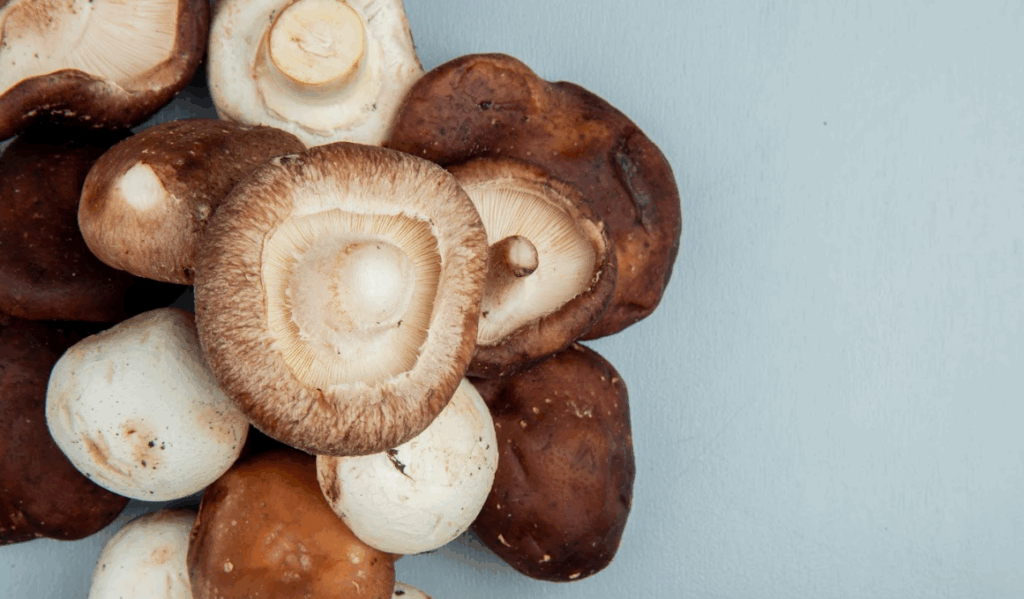Mushrooms have evolved from a niche culinary ingredient to a global superfood — prized for their nutrition, sustainability, and versatility. And leading this quiet revolution is China, the undisputed heavyweight in mushroom production.
According to global agriculture reports, including data from the UN FAO and Statista, China produces over 75% of the world’s mushrooms, contributing more than 32 million metric tons annually — nearly four times the combined output of all other major producers.
Why China Dominates the Global Mushroom Industry
1. Ancient Wisdom Meets Modern Demand
Mushroom cultivation in China dates back over 2,000 years. Varieties like shiitake and wood ear mushrooms are deeply embedded in Traditional Chinese Medicine (TCM) for their immunity-boosting and healing properties.

2. Cutting-Edge Farming Innovation
Today, China’s farms leverage advanced agricultural methods:
- Controlled Environment Agriculture
- AI-powered monitoring systems
- Vertical farming and climate-controlled greenhouses
- Bag and log-based cultivation techniques
This fusion of science and scale helps maximize yield, minimize waste, and ensure year-round productivity.
3. Government-Led Growth
The Chinese government has actively backed mushroom farming with:
- R&D funding
- Rural farmer training
- Export and infrastructure subsidies
Regions like Zhejiang, Fujian, Sichuan, and Henan have grown into global mushroom hubs, lifting local economies and boosting exports.
4. Enormous Domestic Appetite
With a population of 1.4 billion, domestic consumption alone sustains a huge portion of China’s mushroom industry. Popular varieties include:
- Shiitake
- Enoki
- Oyster
- Button
- Wood ear
5. Global Export Dominance
China exports fresh and dried mushrooms across the globe, especially to Japan, South Korea, the U.S., Germany, and Russia. Shiitake mushrooms are among the top export items.
How Other Countries Compare
- India ranks second with 1.2 million metric tons, focused on button and oyster mushrooms.
- The U.S. produces about 375,000 metric tons, with Pennsylvania being a key hub.
- The Netherlands and Poland are European leaders, known for efficiency-driven mushroom farming and strong export systems.
Challenges on the Horizon
Even as China leads, it faces several key challenges:
- Environmental sustainability, especially plastic use in cultivation
- Labor dependency, as mushroom farming remains labor-intensive
- Climate sensitivity, with strict conditions required for stable yields
- Rising global competition, particularly from India and Southeast Asia
Future Outlook: A $100 Billion Industry by 2030
As mushrooms surge in popularity—driven by plant-based diets, functional food trends, and innovations like mushroom-based meat substitutes and biodegradable packaging—the global industry is projected to exceed $100 billion by 2030.
While China is poised to maintain its lead, other nations are quickly modernizing to capture a greater share of this growing market.
